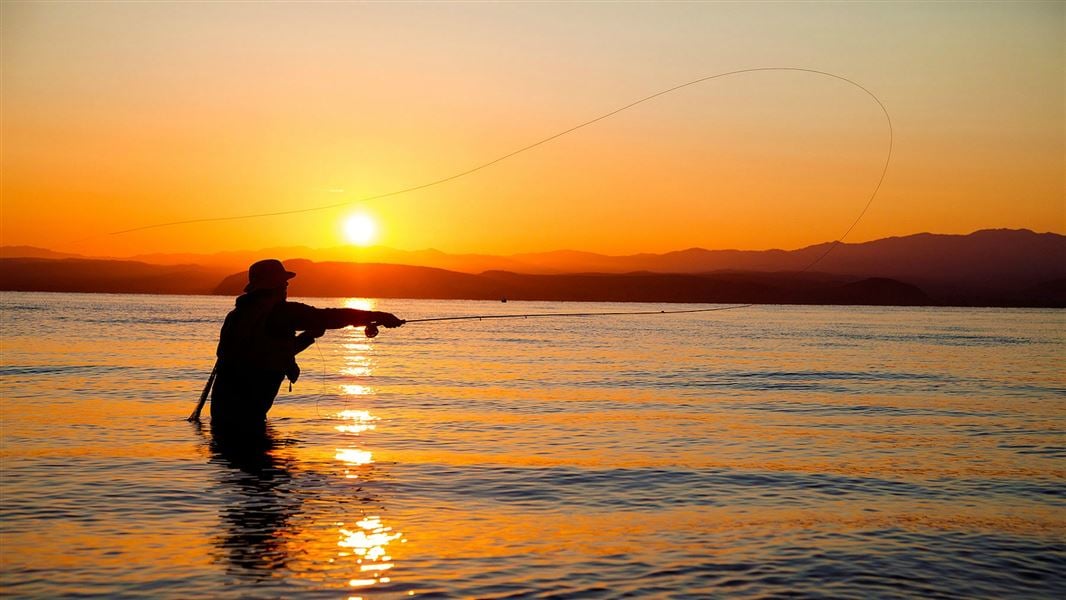
Introduction
The Taupō Trout Fishery has an international reputation for excellent fishing all year round. Wild rainbow and brown trout thrive in crystal clear rivers and lakes, set within a beautiful volcanic landscape.Contact
| Turangi Office | |
| Phone: | +64 7 384 7106 |
| Email: | turangi@doc.govt.nz |
| Postal address: | Private Bag 2 Turangi 3353 |
| Fishery hotline: | +64 27 290 7758 (in an emergency, call 111) |
Partners
New fishing season licences
1 July marks the start of the 2024/25 Taupō District fishing season.
Ensure you buy a new licence before fishing.
Newsletters
Subscribe to Taupō Fishery Focus, our bi-monthly newsletter. Catch up on previous editions you may have missed.
Dip into the archive and read old copies of Target Taupō (1989-2015).
Social media
Visit Taupō Trout Fishery on Facebook for all the latest news.
Education
Visit the Tongariro National Trout Centre and see the freshwater museum, aquarium, hatchery and fishing library, feed wild trout or attend a kids fishing day.